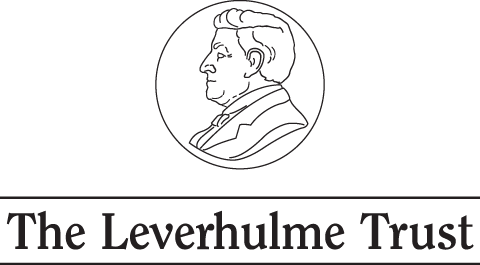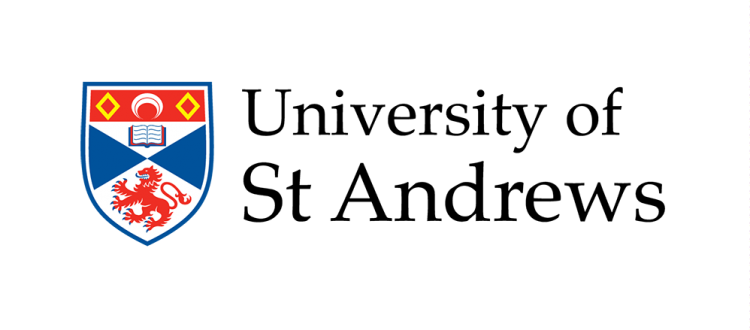Scratching around down under

It was a few months ago now that I returned from my research trip to Australia. But what with life intervening in all sorts of ways, including having to finish A People’s History of Classics (forthcoming with Routledge) co-written with Edith Hall, I haven’t until now had a moment to collect my thoughts about Australia, let alone reflect on all the exciting things I found and did there and the fantastic people I got to hang out with along the way.
 I spent the first two weeks in Canberra, staying in a room in Kingston, a short bike ride from the National Library of Australia. Opening its massive doors in 1968, the library was designed — it is told — as a modernised replica of the Parthenon. At the eleventh hour of its construction they decided to shave a few hundred thousand bucks off the budget by cancelling the final row of eight columns that would have made it a full Acropolian set. It is in the basement of this impressive temple of books on the banks of Lake Burley Griffin that the papers of the Australia-born British classicist and communist poet, Jack Lindsay, are kept — all 250 boxes of them…
I spent the first two weeks in Canberra, staying in a room in Kingston, a short bike ride from the National Library of Australia. Opening its massive doors in 1968, the library was designed — it is told — as a modernised replica of the Parthenon. At the eleventh hour of its construction they decided to shave a few hundred thousand bucks off the budget by cancelling the final row of eight columns that would have made it a full Acropolian set. It is in the basement of this impressive temple of books on the banks of Lake Burley Griffin that the papers of the Australia-born British classicist and communist poet, Jack Lindsay, are kept — all 250 boxes of them…
Now, two weeks isn’t long enough for 100 boxes, but it was plenty of time to get a good handle of what’s there, and to hoover up what I imagined I might need later on an iPhone. This latest haul will keep me going a long time.
 In Canberra I also had the enormous pleasure of meeting fellow Lindsay enthusiast, Paul Gillen. Paul interviewed Jack back in the 80s and has, he explains, been trying not to work on him ever since. He speaks about his work on Jack as a kind of addiction. I don’t know for sure why, but I have a similar feeling. There’s something about researching a lesser-know literary marvel that can really get under your skin. But there’s also something uniquely elusive and attractive about Jack’s legacy. It must in part be because he doesn’t really feature on our cultural map, even though he contributed so much towards its making. But he also wrote such a lot (over 160 books) and with such broad erudition that it’s a real challenge to get up to speed with him as a reader let alone a critic.
In Canberra I also had the enormous pleasure of meeting fellow Lindsay enthusiast, Paul Gillen. Paul interviewed Jack back in the 80s and has, he explains, been trying not to work on him ever since. He speaks about his work on Jack as a kind of addiction. I don’t know for sure why, but I have a similar feeling. There’s something about researching a lesser-know literary marvel that can really get under your skin. But there’s also something uniquely elusive and attractive about Jack’s legacy. It must in part be because he doesn’t really feature on our cultural map, even though he contributed so much towards its making. But he also wrote such a lot (over 160 books) and with such broad erudition that it’s a real challenge to get up to speed with him as a reader let alone a critic.

After my two weeks in the archive had sailed by, I took the train to Sydney. Here I was fortunate enough to meet up with Anne Cranny-Francis, another Jackophile, who kindly drove us up to the Blue Mountains to visit the famous Australian artist Norman Lindsay’s house, which has been turned into an excellent of the man’s life and work. Norman, Jack’s father, was a strong influence, especially on his son’s early writing, and Jack’s close reading of the Greek and Roman classics has had an as yet underestimated effect on his father’s work.
It was amazing to walk around in the craggy eucalyptus groves of Jack’s adolescence, populated by Norman’s concrete dryads, which recalled the bevy of Bacchic revellers and maenads who hung around and posed for Norman in his own little slice of Ida in the New World. When Anne was a PhD student in England, she used to visit Jack in his cottage in Essex in the 1970s to discuss the life and works of William Morris, one of Jack’s many specialisms. She has recently published an excellent website called Jack Lindsay: writer, Romantic, revolutionary.

This website is huge for Lindsay scholars. It provides access to an unpublished manuscript of Jack’s autoexegesis ‘The Fullness of Life’. It was discovered, Anne told me, by Jack’s son, Philip, and daughter Helen, in an old plastic bag at the bottom of a shelf (or at the back of some cupboard…) before a massive clear out, in which it would have certainly been lost forever. It is an analysis of his own writings with reference to his developing thought about culture and politics.
The museum is definitely worth a visit. It is packed with Norman’s lurid but also brilliant nudes. He believed (I think I’m getting it more or less right) that he ought to celebrate the fecundity of women by painting them naked and from every angle because, unlike men, they were beautiful and strong and pure. He also wanted to fry the brains and sclerotic loins of the “wowsers” of early 20th century Australian society.
 In any case, after Norman had worked his magic on my brain, I took a train north up to Newcastle. I spent a long weekend at Bar Beach eyeing up the huge surf and adding the final touches to a paper I was about to give on Jack Lindsay and Catullus. I’d been invited to speak at the University of Newcastle by Marguerite Johnson, editor of Antipodean Antiquities (2019), but not before doing a workshop with her graduate students. In Newcastle, Marguerite, who pioneered Classical Reception studies in Australia, has been diligently fostering a crack team of classical reception scholars, whose research projects I was delighted to learn all about. It was a special pleasure to see among them a Brave New Classics collaborator, Natalia Polikarpova, who contributed the profile of Soviet sculptor Vera Mukhina.
In any case, after Norman had worked his magic on my brain, I took a train north up to Newcastle. I spent a long weekend at Bar Beach eyeing up the huge surf and adding the final touches to a paper I was about to give on Jack Lindsay and Catullus. I’d been invited to speak at the University of Newcastle by Marguerite Johnson, editor of Antipodean Antiquities (2019), but not before doing a workshop with her graduate students. In Newcastle, Marguerite, who pioneered Classical Reception studies in Australia, has been diligently fostering a crack team of classical reception scholars, whose research projects I was delighted to learn all about. It was a special pleasure to see among them a Brave New Classics collaborator, Natalia Polikarpova, who contributed the profile of Soviet sculptor Vera Mukhina.
I gave my paper in an old archive with a disco ball and we had some delicious homemade cake afterwards. I’m looking forward to expanding this paper on Jack for presentation at the Classics And Poetry Now seminar series at Oxford University on Monday 11 November 2019.
While you’re here, why not check out the new BNC “player profile” of Mikhail Gasparov written by Anastasiya Davydova?




